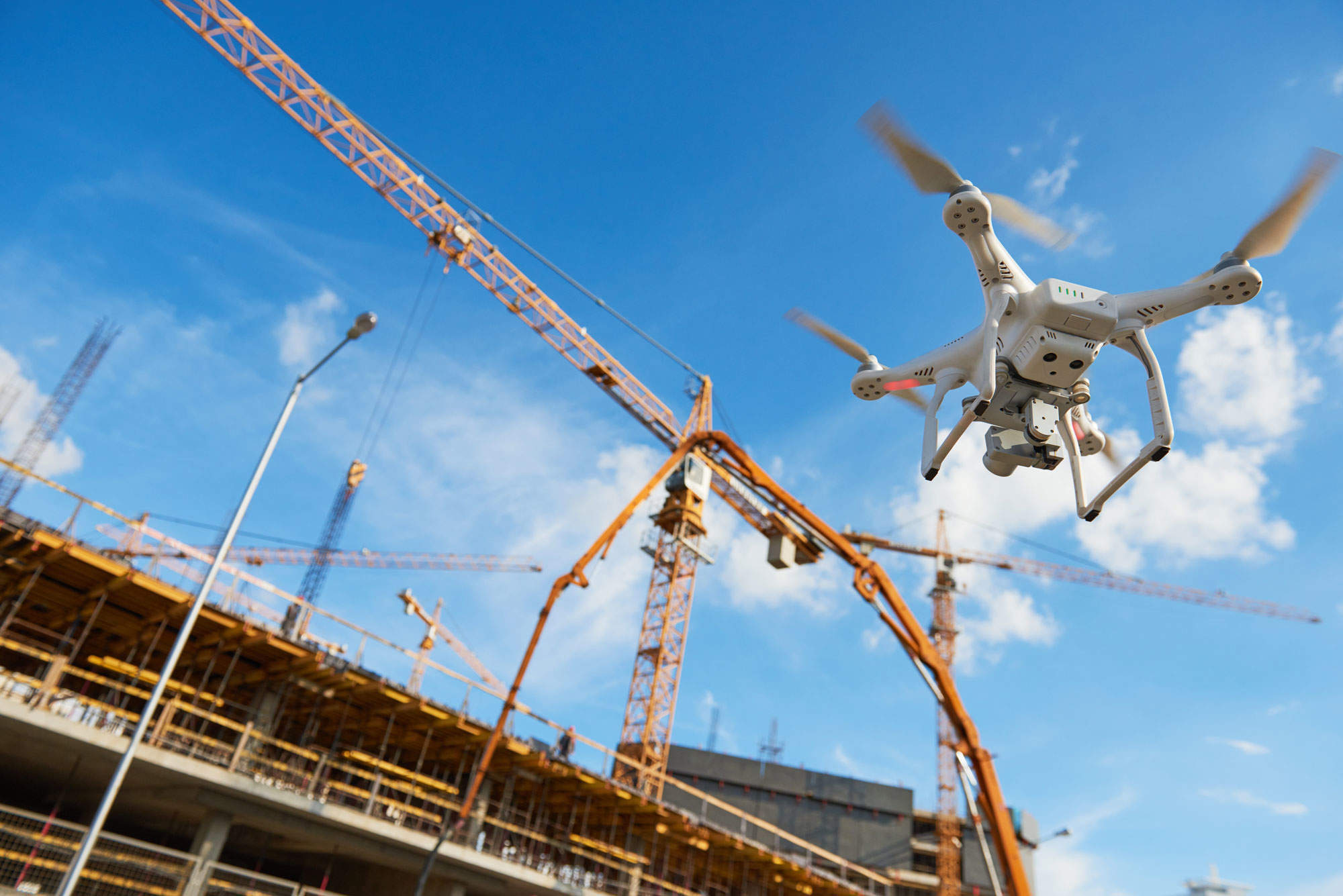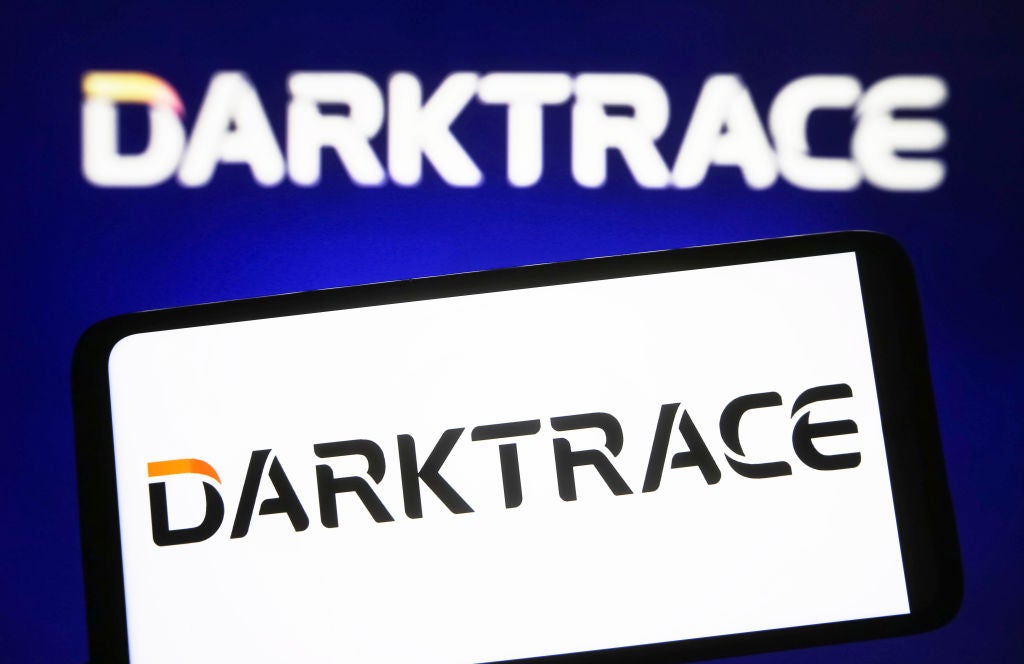
Commercial drone use is well on its way to becoming commonplace, transforming lives with applications in infrastructure, agriculture, medicine, delivery and many other fields. Drone standards soon to be introduced in the UK are set to strengthen public confidence in the safety, security and compliance of the $20bn global industry.
The publication of the new standards was announced at a House of Lords reception in February. Their development owes a great deal to the chair of the BSI Committee on Drone Standards and Drone Major Group chief executive Robert Garbett.
Having retired from the Army as a Major in the Corps of Royal Electrical and Mechanical Engineers (REME) he used his experience as chief engineer on Special Forces helicopters to set up Drone Major Group, which aims to offer a one-stop solution for professional drone-related products and services.
Drone standards: creating a Kitemark for UAVs
Garbett was working with Tina Brevitt at the Society for Unmanned Air Systems (SUAS) when she suggested he contact the British Standards Institution (BSI) about creating a Kitemark for drone manufacturers and operators. Introduced in 1903, the BSI Kitemark is a product and service quality certification mark for products where safety is paramount. While distinct from regulations, and voluntary rather than mandatory, standards assure compliance with industry best practice.
“We gave the BSI the idea and they said it’s fantastic; but it would cost £60,000 and you can’t sell it, you can only create it,” says Garbett.
Instead of taking his money, the BSI invited Garbett to sit on TC20SC16, the ISO committee for the development of standards on drones. He is now responsible for the group writing international standards for drone operations, which has 30 committee members.
How well do you really know your competitors?
Access the most comprehensive Company Profiles on the market, powered by GlobalData. Save hours of research. Gain competitive edge.

Thank you!
Your download email will arrive shortly
Not ready to buy yet? Download a free sample
We are confident about the unique quality of our Company Profiles. However, we want you to make the most beneficial decision for your business, so we offer a free sample that you can download by submitting the below form
By GlobalDataThe value of drone standards
Garbett explains how standards work alongside regulations with the example of an unmanned traffic management system.
“The introduction of that technology would enable safe monitoring and tracking of all low-level air drones, and possibly the integration of low-level unmanned airspace,” he says. “It enables you to execute what’s known as beyond visual line of sight because you know where the drone is, you know what it’s doing and it will tell you its status.
“Unless you underpin that activity with a standard, what are you building it on? The autonomous vehicle industry started developing standards that were ultimately technical without ‘safety quality’. That’s what we’re introducing for the air industry. There are two aspects to this; is the product safe to use, and is it used safely? If you overlay those, you get airworthiness.”

How standards will impact drone manufacturers
Garbett explains that standards will not tell manufacturers how to build a battery, for example, but they will dictate that if they are building a battery for a drone it has to be intelligent enough to understand the battery lifespan and factors that affect it, like cold temperatures. Or if one rotor on a four-rotor drone fails, it must fail in such as way that it does not fall out of the sky and hurt someone.
He argues that regulations could build on drone standards; for example, the government could dictate that manufacturers could only sell ISO-accredited drones in the UK or only ISO-accredited operators could bid for contracts that involve working beyond line-of-sight.
He says there’s been no push-back from industry but the main challenge for government is to educate the public.
“The key is to make them understand that this technology is going to affect them, improve their lives and create opportunities for more jobs, not create robots that take over their jobs,” he says.
“Drones are not just four-rotor things that buzz around taking photos of you; they can be a massive help. After the big freeze last winter, 20,000 homes lost their water. New in-pipe drones that operate like a snake and go up and down the pipes using the flow of water for their energy could resolve that quickly.”
2018: the year of the drone?
Given such developments, Garbett dubbed 2018 the year of the drone; not just because of standards announcement but also due to an unprecedented evolution of technology with growing numbers of companies developing solutions and a willingness from governments to embrace it.
While the standards development process began with air systems in mind, they will be relevant for autonomous systems on land, on and under water and even in space.
“If you look at the potential impact of drone [autonomous vehicle] technologies on our city centres reducing congestion and pollution, and saving lives – because 99% of road traffic accidents are, unfortunately, caused by us, not the car,” he says.
“What if we made all snow ploughs drones? Even if you keep your fleet in strategic locations to clear the hardest hit, most remote areas, the drivers still get snowed in. The answer is to take the driver out and have drone ploughs driving up and down clearing the roads.”
Bringing drones to the offshore industry and beyond
Garbett also cites a number of opportunities for drones in the maritime environment.
“Offshore oil and gas projects use a combination of very high altitude and low altitude drones to protect vessels against piracy. These vessels are laying pipeline and going very slowly so are vulnerable,” he adds.
“Operators are also using drones to fly around the vessel and inspect it. One of our suppliers has just developed a piece of software that can detect the levels of rust using probes that actually touch the rust and do analysis that way. Another company has developed repair technology that’s like 3D printing. Drones can get very close to the damage and paint, repair or polymer it as needed to repair it temporarily or permanently.”
Garbett cites a new breed of drone that transitions from air to underwater and back, which could transform the underwater inspection of ships for post-accident investigation or vessels that have had an oil or chemical spill.
“This is typically done by remotely operated underwater vehicles (ROV) or unmanned underwater vehicles (UUV). But they don’t have the range – it’s no good sending them all the way and back underwater,” he says.
“These new drones are quite small, like little birds. They fold their wings and plummet in, turn into a torpedo, float around on a little propeller, and when they’re ready, a little compressed gas capsule goes off, it shoots them out of the water, the wings open and off they go.”

Towards making drone standards a reality
As the next step in drone standards development, Garbett is launching a website that will invite experts from around the UK to offer their opinion on what standards they would like to see us create across all domains.
He and the committees he heads have been working on drone standards for three years, and he anticipates seeing their finalisation by March 2019.
“It’s been the Wild West in the air for some time now,” he says. “But once we bring in ‘the sheriff’ — standards — companies will say we’ll invest, but only if these standards are met.”







